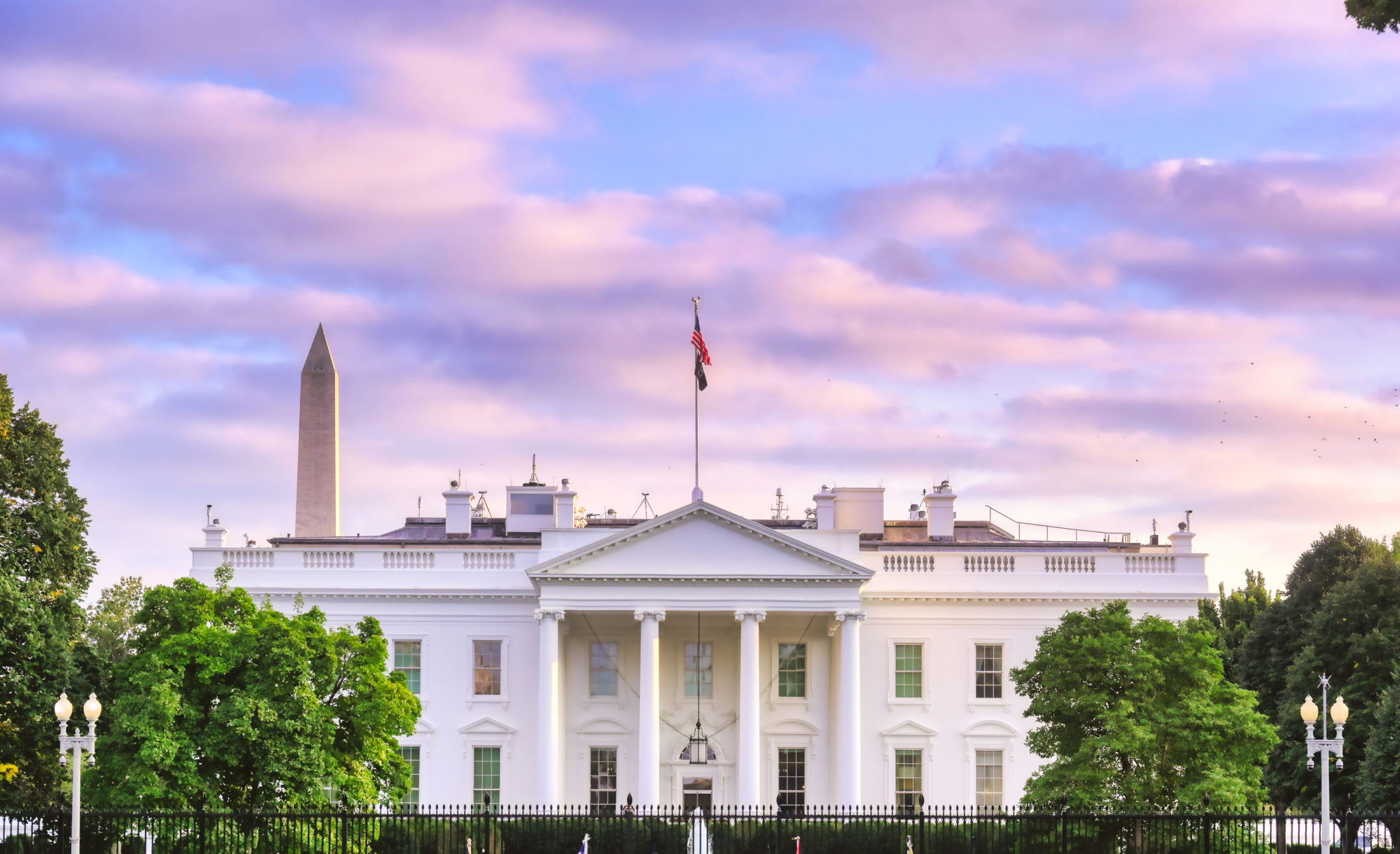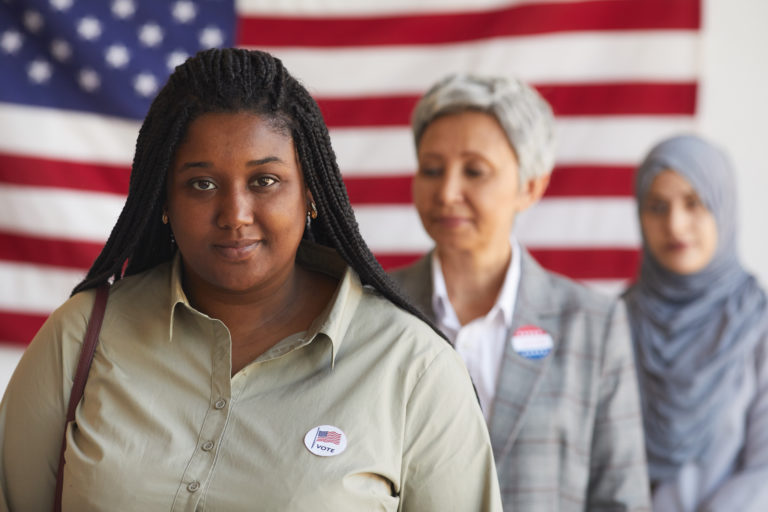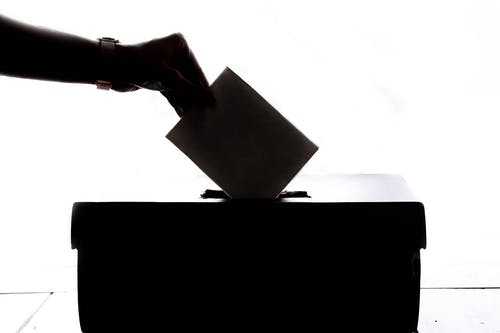According to our research “Stepping Up and Standing Out,” women are inspired by other…
Unelected but Powerful Women

Some of the most powerful women in U.S. politics never appeared on a ballot, and, in Lady Bird Johnson’s words, were elected by one person—the President. America’s first ladies from Martha Washington to Dr. Jill Biden often exerted considerable political clout. Their influence was not always known or appreciated. Some employed the “hidden hand,” exerting private influence with their husbands or members of Congress or the administration. Others were open with their political initiatives.
In recent years, the first ladies’ stories have received more public attention. C-SPAN produced conversations with historians on the first ladies, CNN aired a series on six first ladies, and Showtime’s “The First Lady,” featured fictional versions of Eleanor Roosevelt, Betty Ford, and Michelle Obama. Biographies of Lady Bird Johnson, Nancy Reagan, Barbara Bush, and Sarah Polk are a few new books about these politically savvy women. Courses on first ladies are more common in a variety of academic departments. In 2021 FLARE: First Ladies Association for Research and Education launched in a collaboration with American University’s School of Public Affairs and First Ladies Initiative.
Why the interest, and why should you explore their power behind the presidency? Because they are a part of presidential history, and their stories are fascinating. A few examples illustrate. The first three presidential wives—Martha Washington, Abigail Adams, and Dolley Madison—shaped the position to reflect their personal backgrounds and strengths, their relationships with their husbands, and what was appropriate for women of the time. Their public enactment of the role was primarily as hostess, but that role provided opportunities to learn what was taking place among members of Congress and the administration, and to create a supportive environment for the president’s agenda through what became known as parlor diplomacy. Abigail Adams was also active behind the scenes by orchestrating letters to the editor from friends to support her husband. Martha Washington began the tradition of wives being surrogates for their husbands when she attended a prominent Revolutionary War general’s funeral when George was ill. Edith Wilson went further than any other first lady when her husband was ill by being a gatekeeper–making decisions, attaching notes to memos, and keeping the severity of the President’s stroke from the public.
As women’s roles in society and politics expanded, first ladies became more visible as political partners. Eleanor Roosevelt transformed the role when she toured the country on her husband’s behalf and reported back to him about conditions during the Depression. She visited a war zone during World War II to boost troop morale—later, other first ladies such as Barbara Bush also accompanied their husbands to war zones. Betty Ford’s support of the Equal Rights Amendment included contacting legislators to urge state passage. To do so she installed a phone line that she paid for to avoid mingling politics with White House phone lines and reduce resistance to her activities from some of the President’s advisors.
These are only a few of the ways first ladies impacted presidential politics. To learn more, check out an American University course being offered this fall.







